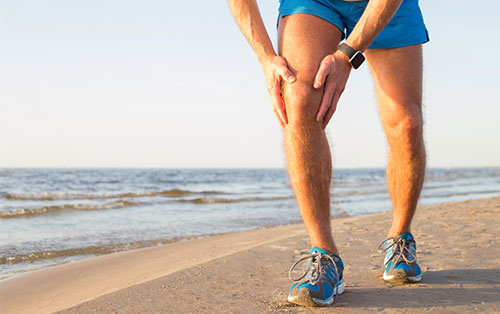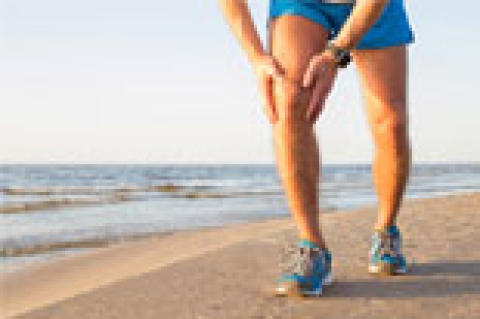
The ACL (anterior cruciate ligament) is an important ligament that provides stability to the knee. It plays a crucial role when making sudden stops while running, changing direction, or jumping. A loud "popping" sound or sensation in the knee, severe pain, rapid swelling, and a feeling of knee instability are common signs and symptoms of a torn ACL.
An ACL injury can also include:
- difficulty or inability to extend the knee
- discomfort when walking
- soreness around the knee
- an inability to put weight on the leg
- a feeling that the knee may give out
Most clinicians describe a torn ACL as either partial or complete. This is based on physical examination and imaging findings. According to the American Academy of Orthopaedic Surgeons (AAOS), about half of ACL tears are repaired with surgery. For minor tears, surgery isn't typically required. Recovery time for healing the ACL typically takes 6-9 months with physical therapy.
In nonsurgical treatment, physical therapy and rehabilitation can restore the knee to a condition close to its pre-injury state and educate the patient on preventing future instability. This may be supplemented with the use of a hinged knee brace. Anti-inflammatory medications, such as ibuprofen (Advil or Motrin) and naproxen, may be suggested to decrease the swelling and pain. Sports injury treatment using the
R.I.C.E. principle - Rest, Icing, Compression, Elevation can be applied to a torn ACL to help inflammation and pain.
ACL injuries usually occur in active, athletic people. The risk of injury can potentially be decreased by maintaining muscle flexibility and strength. Warming up, stretching, and cooling down are ways of protecting joints and muscles. Wearing a fit knee brace to prevent injury may or may not be useful. This is something to discuss with your doctor or Physical Therapist.
Strengthening exercises and agility drills can help prevent injury. Plyometric exercises will help establish power, strength, speed, agility, and balance can teach the body how to land when jumping to minimize the risk of injury, especially in women who are more often affected. It is crucial to avoid landing on a fully extended and locked leg.
ACL injuries are common but are considered serious. Treatment approaches vary depending on the severity of the person's injury, age, and fitness level. Your doctor will recommend an appropriate course of treatment that normally includes a combination of the above methods. If you suspect an ACL injury contact South Palm Orthopedics today at (561) 496-6622.
Dr. David N. Buchalter is a board-certified orthopedic surgeon who trained at the Hospital for Joint Diseases in New York City, one of the largest and most prestigious orthopedic training hospitals in the United States. Dr. Buchalter has performed well over 3,000 total hip and total knee replacements and is a member of the American Association of Hip and Knee Surgeons. Our physicians' team provides an advanced level of care, integrating the newest cutting-edge surgical and nonsurgical techniques with proven traditional methods of treatments. The physicians at South Palm Orthopedics are committed to providing the highest orthopedic care level to every patient each time.

